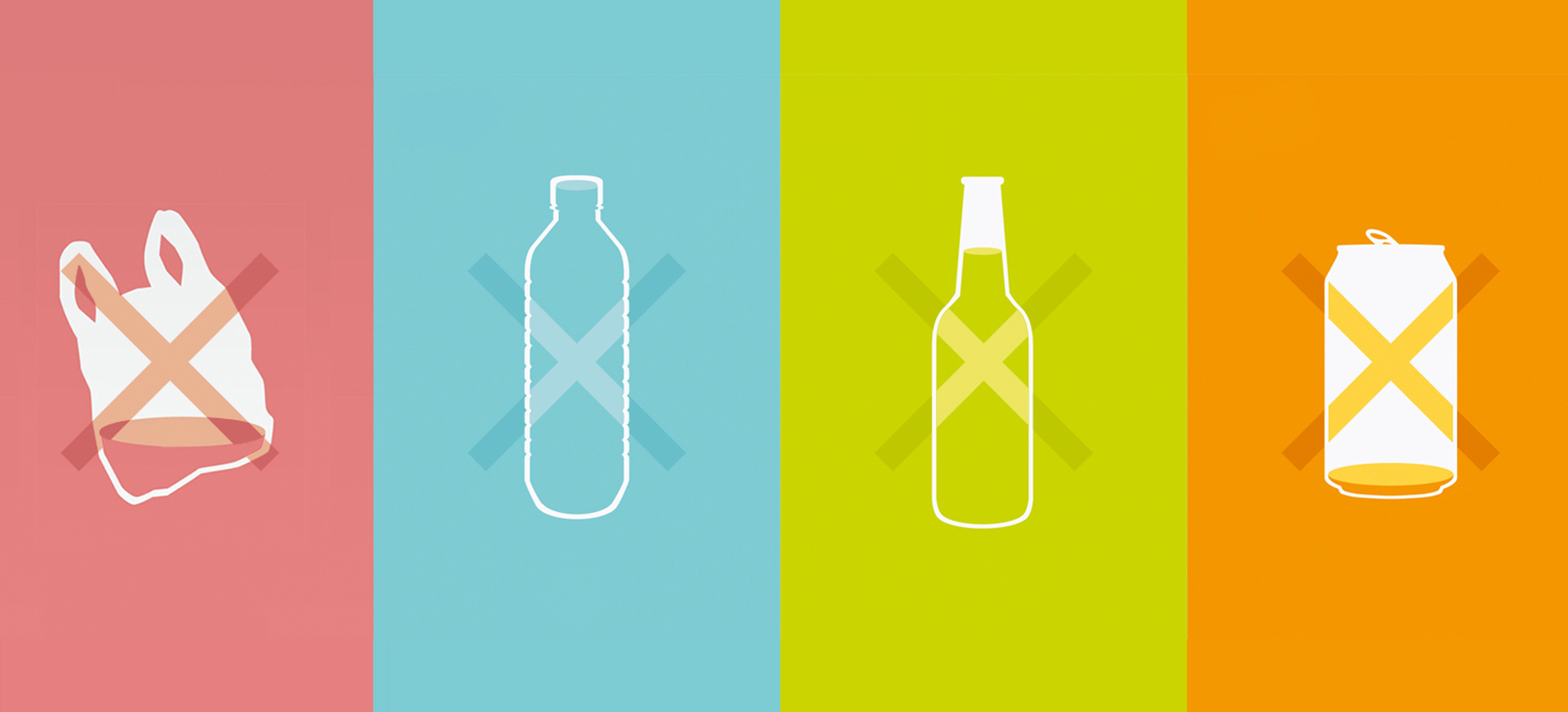Part two of our blog series on our work with UVic’s MBA students
The findings UVic presented contributed to significant inspiration for future developments of Net Positive including new directions for research and how to structure a sustainable packaging offering in a way that makes sense to clients.
An important question we’re always asking ourselves is how might we design for the environment while still keeping our client’s constraints and consumer considerations at the forefront? What we’re constantly struck by in our own research and in the research done by the students is that consumers will always indicate they’re more willing to buy and pay more for sustainable packaging—even though doing “the right thing” is commonly expressed it rarely translates into action. Definitely time for some more user research.
It’s easy to forget that there’s more hindering the development of a sustainable packaging system than consumer’s and companies’ demand for it, which is why we had the students look into policy makers, retailers and manufacturers as well. The system itself with all these different players applies pressure in different areas influencing packaging developments through cost considerations, shelf space, policy incentives, materials availability and more. How can we bring all these stakeholders together to align on sustainability objectives and create meaningful, long-lasting change?
Since starting Net Positive, we’ve come across many inspiring packaging innovations that are unique in their own way by being systems solutions or material innovations. One that is really intriguing is the work done by Tomorrow Machine creating food packaging that decays at the same rate as the contents inside (pictured below). Why should a package last longer than its contents? These amazing inventions always beg the question of whether there’s a system to support it, if it ends up being less sustainable because of the lengths a company has to go to acquire and develop materials then transport them too. But, it also makes you ask whether these initial costs upfront are worth it in the long-run so we don’t have another plastic bag floating around in the ocean.
Thanks to the different teams of MBA students we were provided with a good foundation to move forward with Net Positive—ideas for brainstorm sessions, design exploration and further user research. Another question: should we start small or should we work for a systems level approach?
Drop us a line and join us in our work to start the conversation in sustainable packaging.

